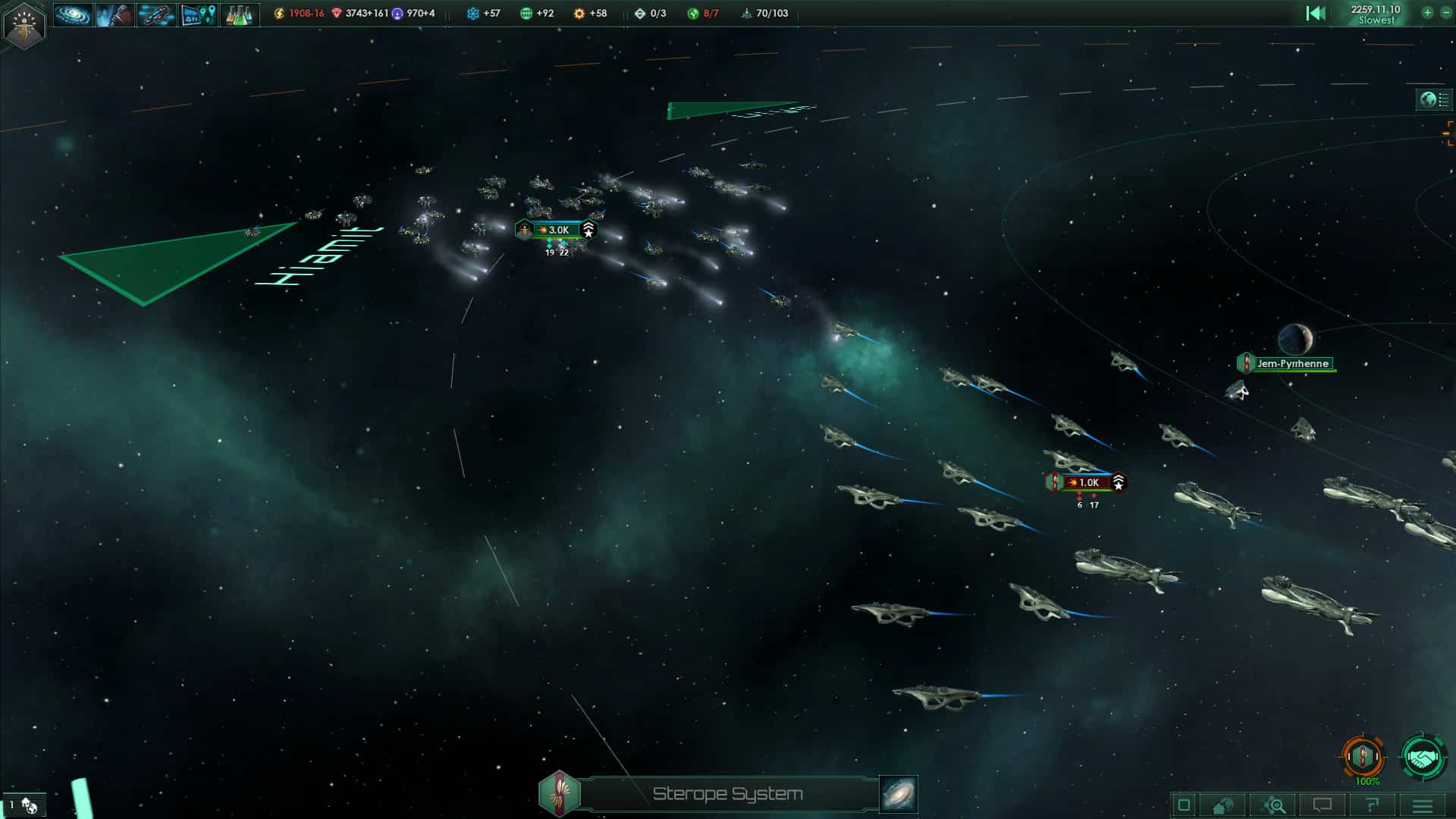
The Hidden Leaf’s shinobi system can give some insight into the matter, as the series has revealed almost every detail of its well-structured hierarchy. This begs the question of how each village was able to garner such a high number of shinobi, despite stats saying otherwise.

Dividing the total army over the Five Great Nations gives a rough estimate of about 15,000-16,000 shinobi from each village.

Although the Land of Iron’s Samurai also took part in the war, their numbers were quite meager, and excluding them from the total count makes for a slight difference. RELATED: Naruto: Inconsistencies Introduced By The Anime's Filler Arcs The Number of Shinobi From Each Village Don’t Add UpĪ bit of mathematical deduction can give a rough estimate of how many shinobi each village contributed to the war, with 80,000 being the total number. As Kishimoto wanted to end the series on a high-note, it's obvious that such exaggeration was used for dramatic effect, yet its consequences were not accounted for – a blatant mistake on the author’s part. While it's common knowledge that many series suffer from inconsistent writing, the scale of this plot hole has left a glaring mark on the series, especially with the war arc being one of the series’ best ones yet. A prime example is its unmistakable plot hole witnessed during the Fourth Great Ninja War, with the Allied Shinobi Forces amassing a colossal army of 80,000 shinobi to take on the two opposing belligerents.Īt first glance, the number of shinobi taking part seems adequate for full-scale war, but a closer look reveals how utterly impossible it is to amass such a number.

One such issue with Narutois its incongruity, resulting in several plot holes that plague the series’ intricately crafted storyline. The Naruto franchise is renowned for its impeccable storyline, in-depth characters, and complex world-building, but that certainly doesn’t bar a series from being riddled with imperfections.


 0 kommentar(er)
0 kommentar(er)
